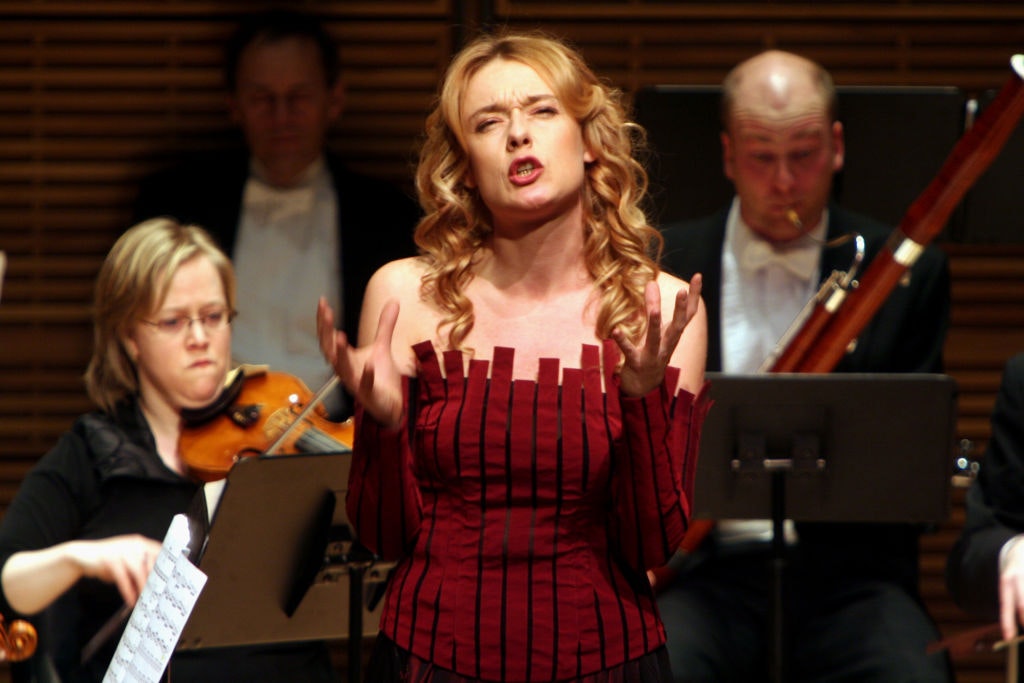Killer roles
The Dungeons & Dragons romp-com
This article is taken from the April 2023 issue of The Critic. To get the full magazine why not subscribe? Right now we’re offering five issues for just £10.
Dungeons & Dragons has never really been cool. It was a shorthand for nerdiness. Those of us who played it in our teenage years generally kept quiet later on about our evenings spent pretending to be a wizard in the Forgotten Realms, slaying goblins and collecting treasure.
For people who know the game, there is something subtle happening on screen
Since being featured in Netflix’s Stranger Things, the greatest role-playing game of them all is having a bit of a moment. A generation ago, parents worried that D&D, with its talk of spells and demons and fighting, was something that might lead their vulnerable teens down dark paths. Now those teens have grown up and are grateful to be able to offer their own kids a pastime that doesn’t involve a screen. Starter sets appeared in Waterstones. Twenty-sided dice put away around the time the Berlin Wall fell have been solemnly handed to curious children.
Which helps explain the arrival in cinemas of Dungeons & Dragons: Honour Among Thieves. At one level, the film is merely an enjoyable swords-and-sorcery romp, with Chris Pine playing a charming rogue and Michelle Rodriguez an exiled barbarian. If that appeals, it’s plenty of fun, and if it doesn’t, it’s far from the worst thing adults have been forced to sit through in recent years.
For people who know the game the film is based on, there is something more subtle happening on the screen. The problem with fantasy is that, as Terry Pratchett knew, it’s at great risk of becoming ridiculous. The usual cinematic solution to this is to use character actors, play it extremely seriously and dare the audience to laugh — what you might think of as The Lord Of The Rings approach.
The clue that Dungeons & Dragons is going a different route is the arrival of Hugh Grant, who makes not the slightest effort to pretend he doesn’t think the whole thing is extremely silly. One senses that teenage Hugh was not a big role-player.
This is the film for people who want to know why Gandalf can’t just get some eagles to fly Frodo to Mordor
It took me a moment to realise why this wasn’t destroying the film. The reason is that when people play Dungeons & Dragons the game, they’re playing for fun. They take it seriously, you might say, but not literally. When my children’s friends gather around the kitchen table for an adventure, the main sound is laughter, as the players come up with ingenious, or ridiculous, ways out of whatever scrapes their characters have got into.
Somehow, the film has captured this, never more so than in the scene, played entirely for laughs, where the heroes make their way around a graveyard, reanimating a series of skeletons in an effort to find the one that can answer their question.
You never really believe Pine and Rodriguez as characters, but then you never really need to. They’re players, finding their way through this fantasy land with eyebrows raised. This is the film for people who want to know why Gandalf can’t just get some eagles to fly Frodo to Mordor and save everyone a lot of time.

The reason Gandalf didn’t, of course, is that the journey is the adventure. That’s the case in The Unlikely Pilgrimage of Harold Fry, too. Adapted by Rachel Joyce from her bestselling 2012 novel, it tells the story of a Devon pensioner who, hearing that his old friend, Queenie, is dying of cancer in a hospice, takes it into his head to walk to Berwick-upon-Tweed to see her.
There are better ways to cover the 600 miles, of course, but Harold is a pilgrim: suffering is the point.
Played by Jim Broadbent, Harold tells himself that he is walking to save his friend’s life, that she will keep living as long as he keeps walking. As his journey continues we learn that his quest is as much about saving himself. “I’m the one that needs forgiveness,” he says.
As he walks, he relives the moments of his life for which he’s trying to atone: his failed relationships with his son and his wife, Maureen. Penelope Wilton is outstanding in this role, obsessively cleaning their house in her own attempt at penance.
Like John Bunyan’s pilgrim, Harold finds his progress is studded with encounters, both helpful and not. One doctor tells him faith can’t keep people alive. Another tends his feet and sets him back on the path. The countryside is inspiring and nurturing, cities ugly and threatening.
For a story that apparently rejects Christianity, it adopts a lot of the structure
He finds himself at the centre of a mobile Vanity Fair when his journey makes the news, and he is mobbed by well wishers. In the end, he must flee both riches — he posts his bank card home — and man’s empty praise. He can complete his journey only when he has lost hope. As he reaches Berwick he is mistaken for a tramp: despised, rejected, a man of sorrows.
Directed by Hettie Macdonald, who has had a long career in television, the film is generally moving rather than sentimental. It’s an allegory, but I’m not sure what for.
For a story that apparently rejects Christianity, it adopts a lot of the structure. Its subjects are faith and redemption, though it’s not exactly clear in or by what. Harold has faith that Queenie won’t die as long as he’s walking. Queenie has faith that Harold will arrive. As Harold acknowledges his failures, he and Maureen begin to find a way back to each other. There is forgiveness, and what they needed to do was ask.
Enjoying The Critic online? It's even better in print
Try five issues of Britain’s newest magazine for £10
Subscribe














